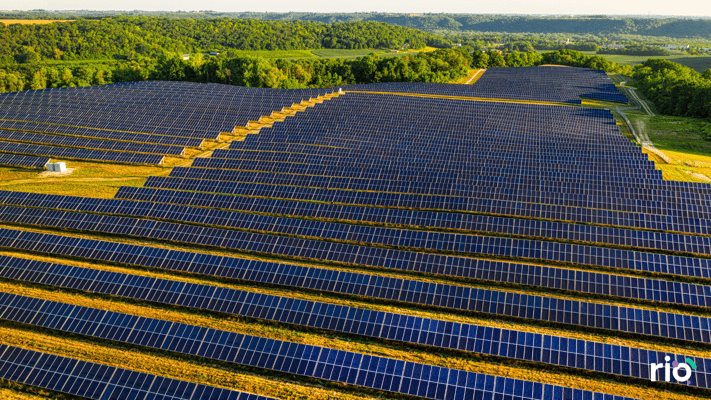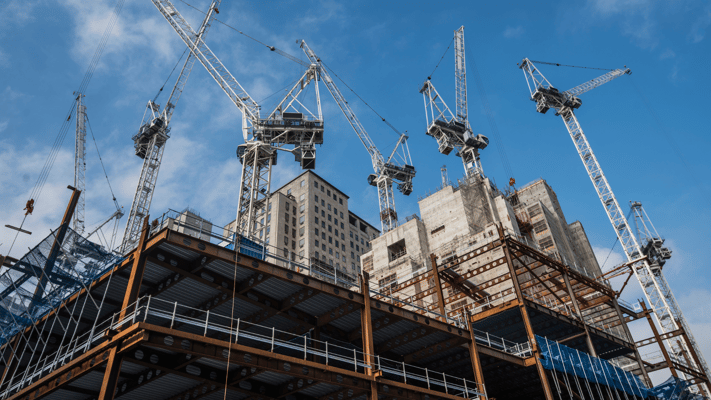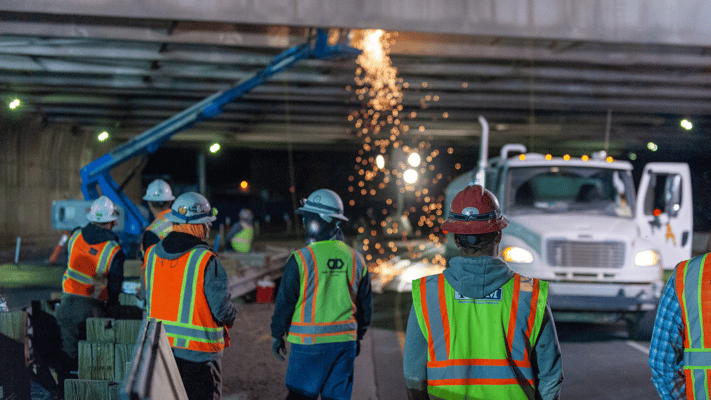After last year’s rescheduling due to COVID-19, the 26th United Nations Climate Change Conference will occur in Glasgow between 1 November and 12 November 2021. Arguably, it could be more important than all prior meetings. The event arrives just three months after the Intergovernmental Panel on Climate Change (IPCC) released an alarming assessment report that made headlines worldwide. The hope of many (including us!) is that COP26 will yield crucial progress in reducing global greenhouse gas (GHG) emissions. If so, it will mark the latest chapter in a UN effort that dates back three decades.
While the Paris Agreement (signed in 2016) and Kyoto Protocol (1997) are well known, both owe their existence to the United Nations Framework Convention on Climate Change (UNFCCC). Drafted in May 1992, UNFCC established an international environmental treaty to stabilise GHG emissions, based on numerous principles. First, developed nations had to lead the way. Second, they had to submit annual inventories of GHG emissions dating to 1990 and all years since. Third, the convention called for special efforts to ease climate change consequences, especially in developing countries.
A total of 154 states signed the UNFCCC at the Rio de Janeiro Earth Summit. With the Paris Agreement, that number has grown to 195 signatories. And just as in 1992, the Conference of the Parties (COP) plays the role of the principal decision-making body. It meets annually to discuss progress in dealing with climate change, aiming to stabilise GHG's to avoid the Earth’s system reaching a tipping point. In numerical terms, that means keeping global average temperature increases below 1.5° Celsius on the way to achieving net zero emissions by 2050.
Yet the IPCC’s recent report concludes that the world’s nations have delayed curbing fossil-fuel emissions for so long that some impacts are irreversible. However, hope is not lost, there is still room to mitigate the worst scenarios but rapid action is absolutely necessary. Against this backdrop, the COP26 will convene with a host of critical matters to address.
What will the COP26 be about?
This year’s UN Climate Change Conference seeks to make up for ground lost due to the pandemic. It will focus on building momentum and moving forward with the regional implementation of the Paris Agreement. Already there is hope for progress. The United States entered back into the Paris Agreement following the election of Joe Biden in November 2020. At 4.8 gigatonnes, the U.S. is the world’s second-largest source of carbon emissions (behind China at 9.3 GT), therefore, their involvement is vital to achieving global GHG emission reductions.
The Paris Agreement works on a 5-year cycle of increasingly ambitious climate action. It is not symbolic. It is a legally binding international treaty, which means countries must communicate their nationally determined contributions (NDCs). These NDCs explain the actions a nation will take to reach the Paris Agreement’s goal of net zero by 2050. The Paris Agreement also encourages international cooperation “by providing a framework for financial, technical and capacity-building support to those countries who need it.” Thus, plans will be created to financially support countries that need it to help achieve their goals.
Nations this year have also been invited to submit long-term low GHG emission development strategies (LT-LEDS). While not mandatory the way NDCs are, they help clarify future actions and outline emissions goals.
The key goals for COP26 include:
- Securing global net zero and keep 1.5 degrees within reach.
- Adapting to protect communities and natural habitats.
- Mobilising finance.
- Working together to deliver.
What has the UNFCCC accomplished so far?
First, it’s important to understand that the Paris Agreement is now full action to help us move toward a net-zero future. While there remains a long way to go, it has already sparked an increase in low-carbon solutions and new markets. Countries, regions, and companies are establishing carbon neutrality targets, and the re-entrance of the U.S. as a participant provides momentum at a crucial juncture.
Historically, the UNFCCC has been the starting point for many climate-focused initiatives over the years. It has helped divvy up efforts to lower GHG emissions—and bring the world together in the process to reach a common goal. Before the Paris Agreement, the Kyoto Protocol helped standardise guidelines for participating countries.
Today, the UNFCCC meets annually to discuss current issues and future plans. However, it is evident that more must be done to ensure we meet the ultimate goal of keeping emissions at a safe level and prevent the global temperature from rising more than 1.5° Celsius. But the convention’s efforts are working to ensure that the most devastating effects of climate change are avoided—and perhaps, in a net zero future, reversed.
How do organisations move toward a net zero future?
A certain outcome of the COP26 is that countries and organisations across the globe will begin, continue, or intensify work toward the common goal of net zero emissions.
However, organisations need clear guidance on where to start. To keep them on track and accountable, accurate and verifiable carbon reporting is absolutely necessary. We believe that net zero strategies, carbon reporting, and target setting need to be as straightforward as possible.
Our guide to achieving net zero outlines 10 steps organisations of any size or sector can take to begin or progress their journey. You can download your free copy below.










